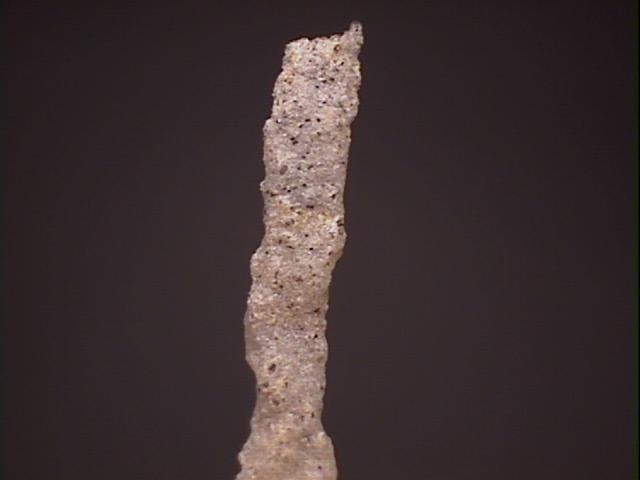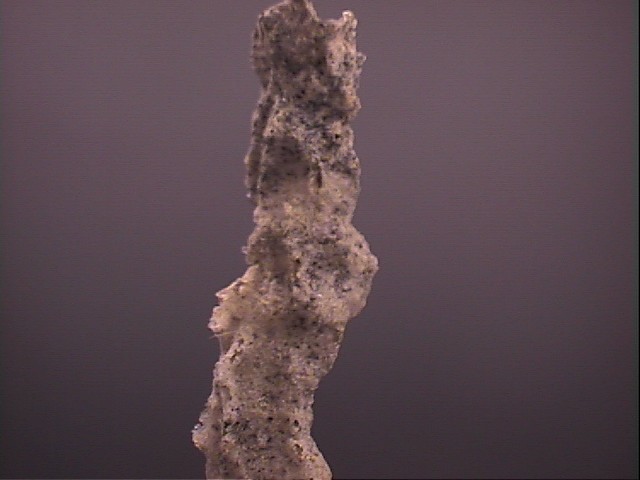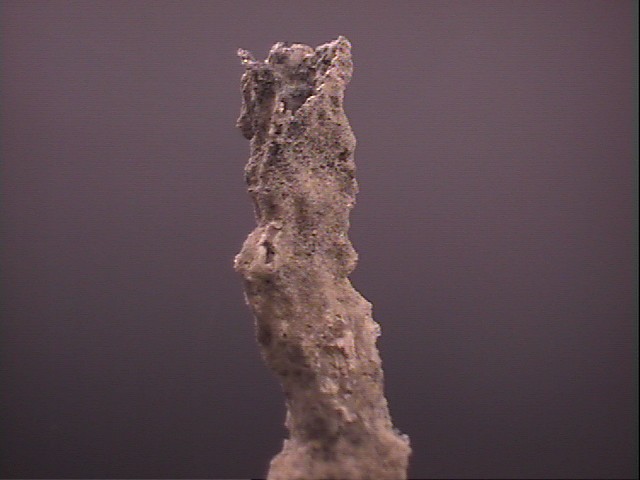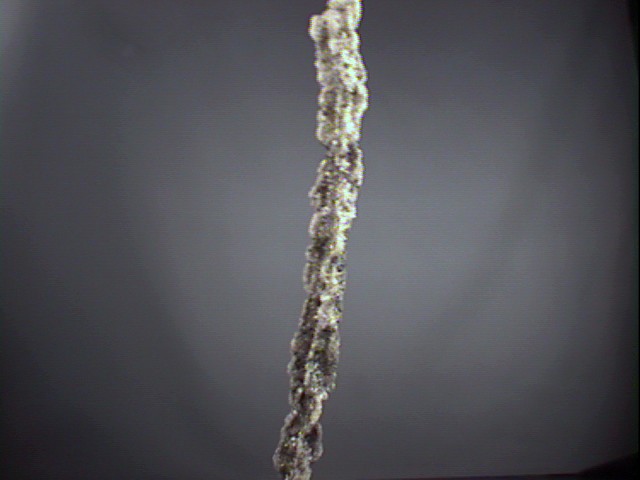 THE MINERALOID LECHATELIERITE
THE MINERALOID LECHATELIERITE
- Chemistry: SiO2; Fused Silicon Dioxide.
- Class: Mineraloids
- Group: Some minerologists place lechatelierite in the Quartz Group.
- Uses: Only as mineral specimens.
Specimens
Lechatelierite has three different origins: Meteorite impacts, volcanism and lightning strikes. The meteorite impacts simply fused quartz grains in the impacted rocks with the incredible pressures that they generate. The volcanism origin is the same as for obsidian, where molten rock cools too quickly for a crystalline structure to form. But as was explained before, obsidian is generally a mix of several chemistries besides SiO2. The lightning strike origin is perhaps the most interesting.
When lightning strikes the earth in sandy areas such as deserts or sandy beaches, the intense heat and energy of the bolt will fuse the sand grains in a milli-second. A branching, hollow, glassy tube is sometimes the result. These "fossil" lightning strikes are composed of lechatelierite and occassionally fused biotite or other minerals. They are referred to as fulgarites and are certainly a natural history oddity. Fulgarites have been found that were several feet in length, although most are a few inches long by a half inch thick.
PHYSICAL CHARACTERISTICS:
- Color is white, colorless or pale yellow; some fulgarites can be pale brown, gray or black.
- Luster is vitreous.
- Transparency: Specimens are translucent.
- Crystal System: Does not apply because lechatelierite is
amorphous . - Habits include disseminated grains in volcanic rocks and shatter zones of meteorite impacts and as tube shaped fulgarites (see above).
- Cleavage is absent.
- Fracture is conchoidal.
- Hardness is 6.5
- Specific Gravity is approximately 2.5 - 2.7 (average)
- Streak is white.
- Other Characteristics: Non-fluorescent.
- Associated rocks are shocked quartz, volcanic rocks and sandy soils.
- Best Field Indicators are shape, color, density, non-fluorescence and hardness.













